
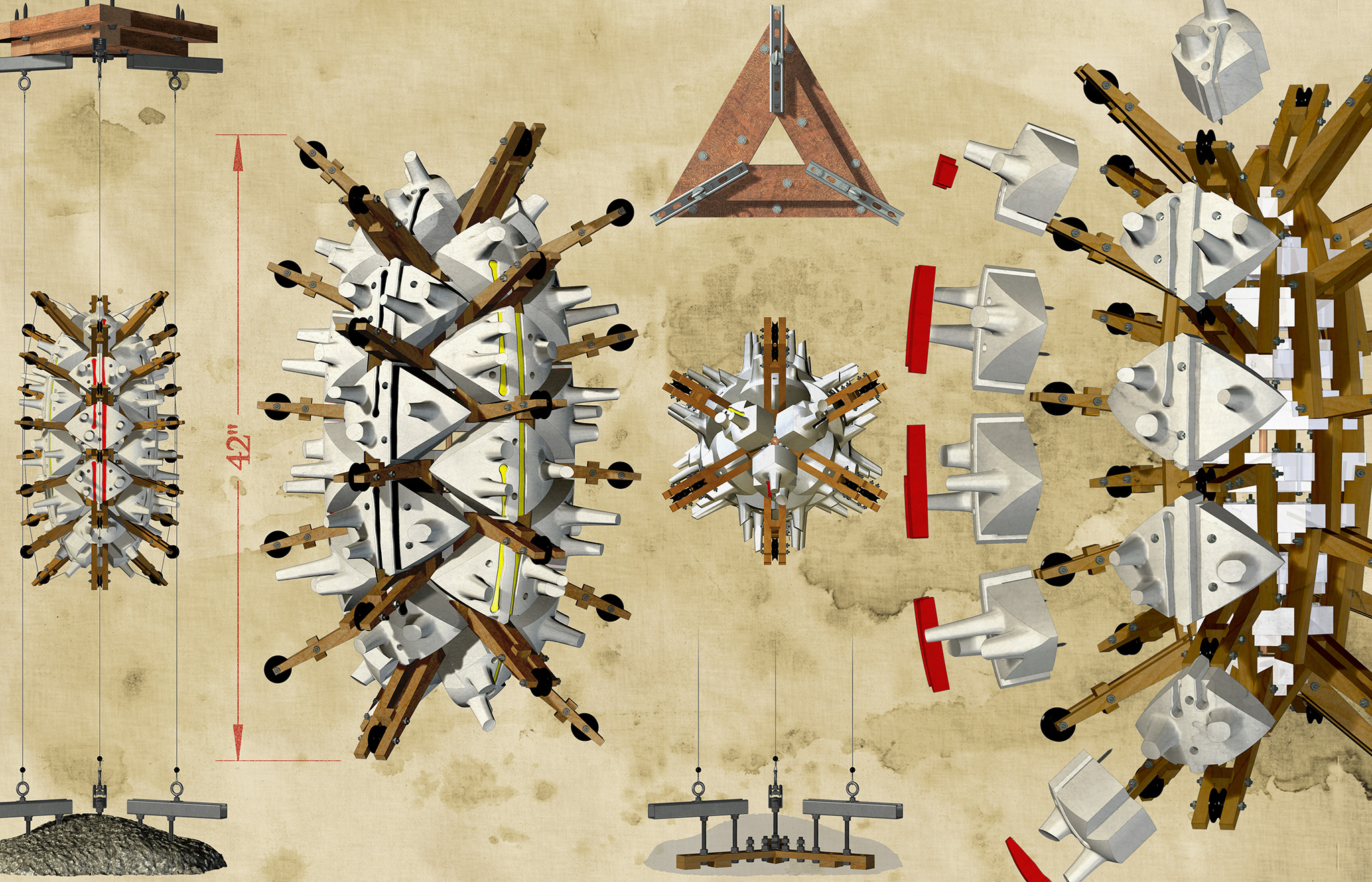

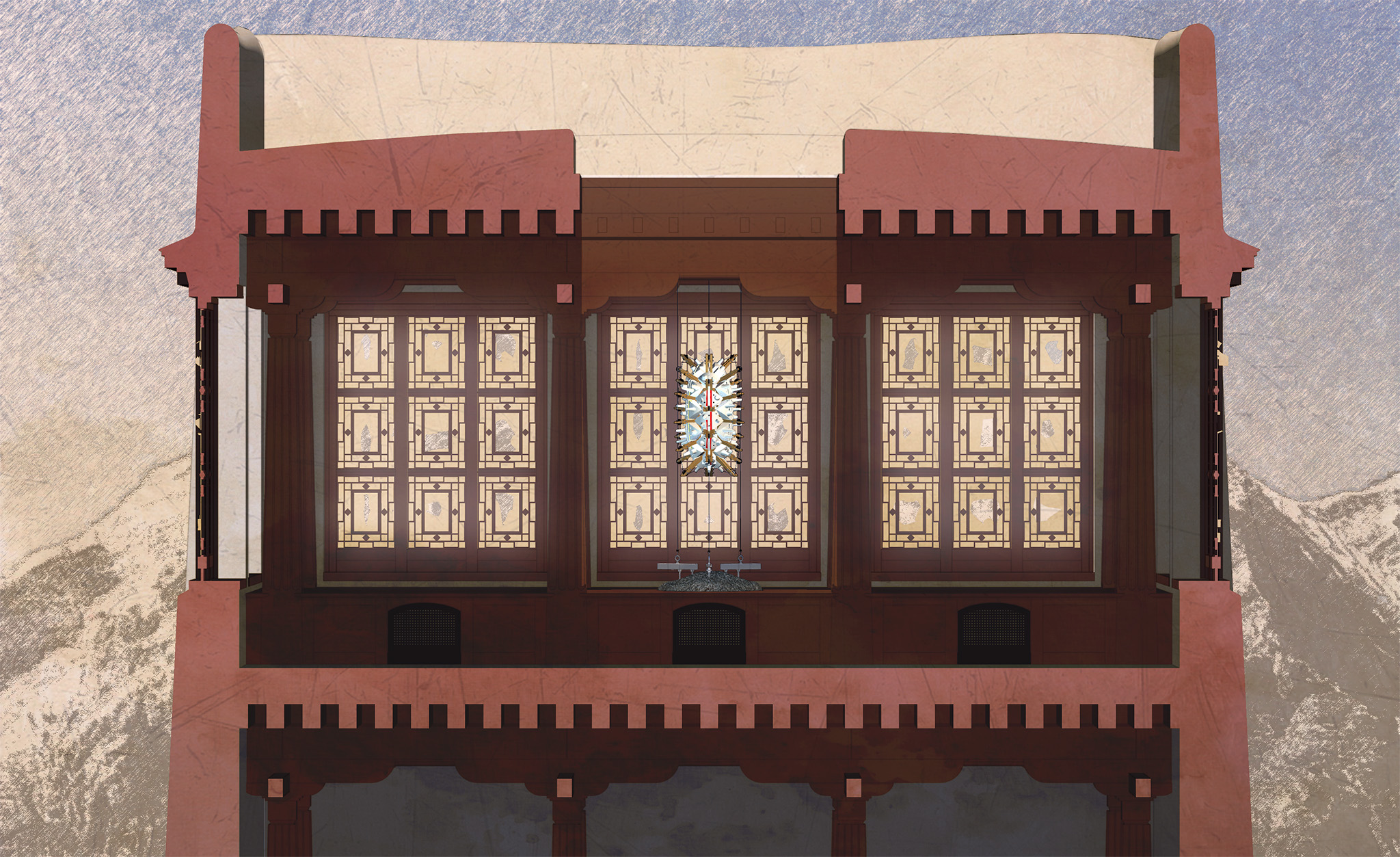
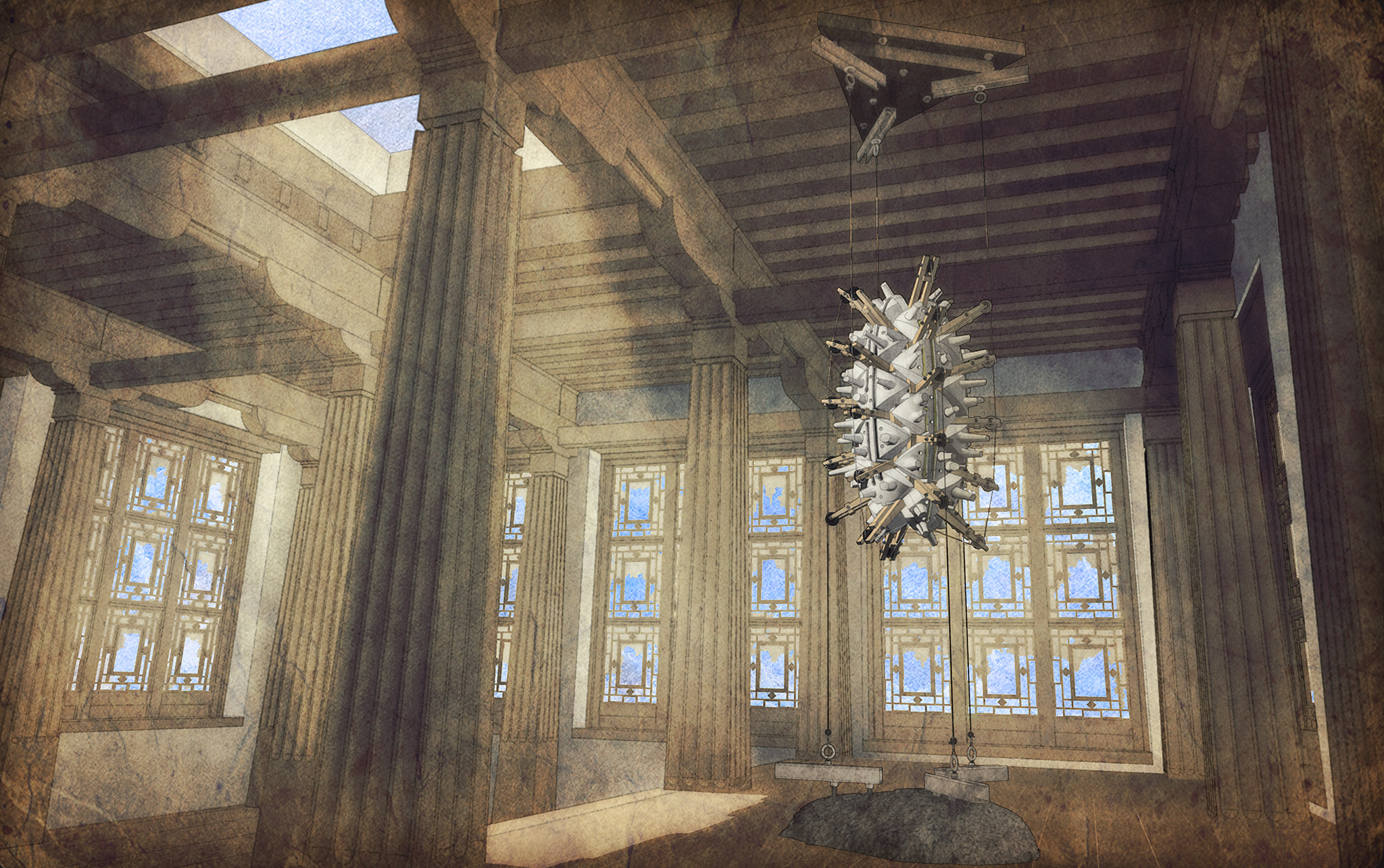
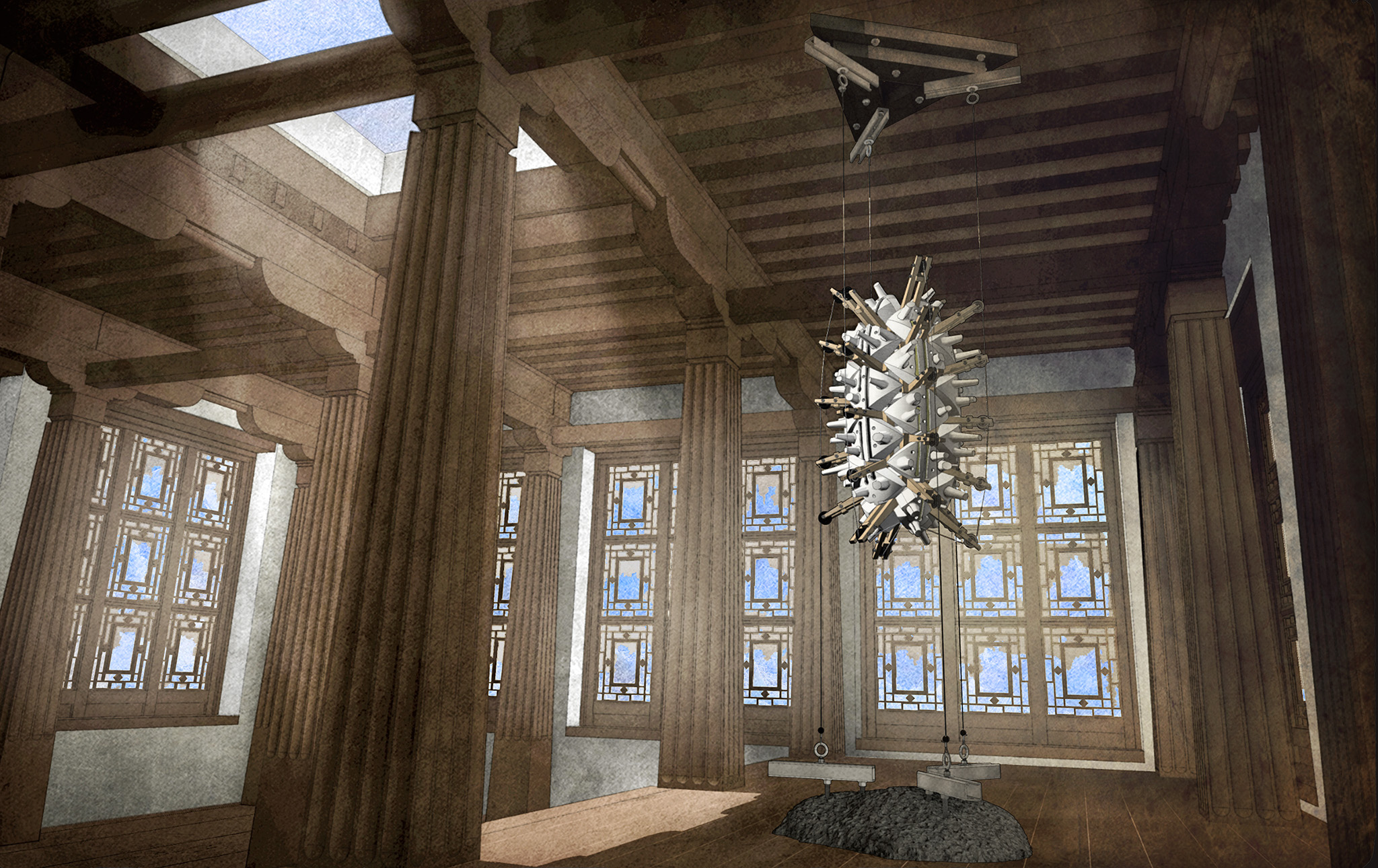
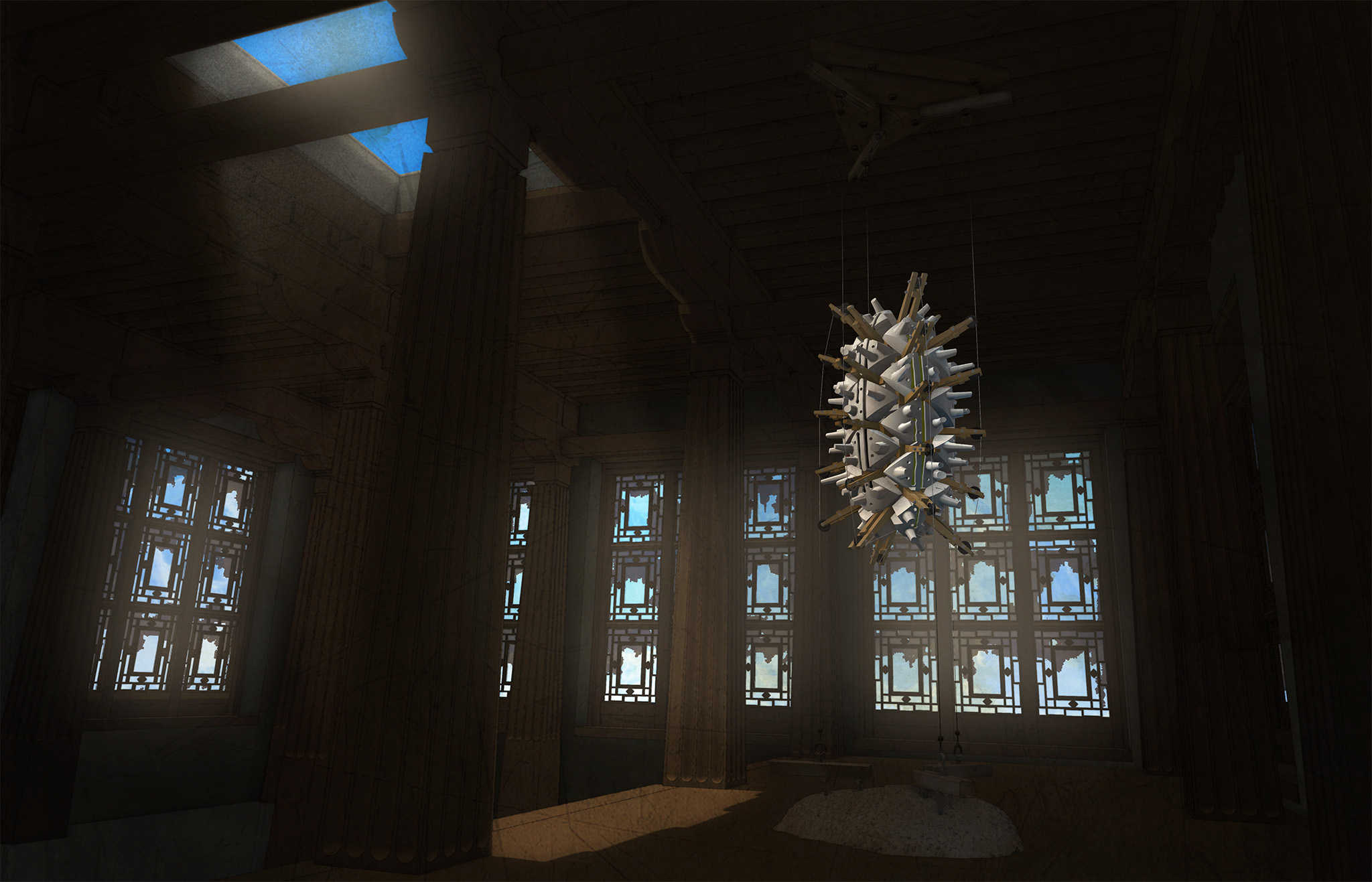
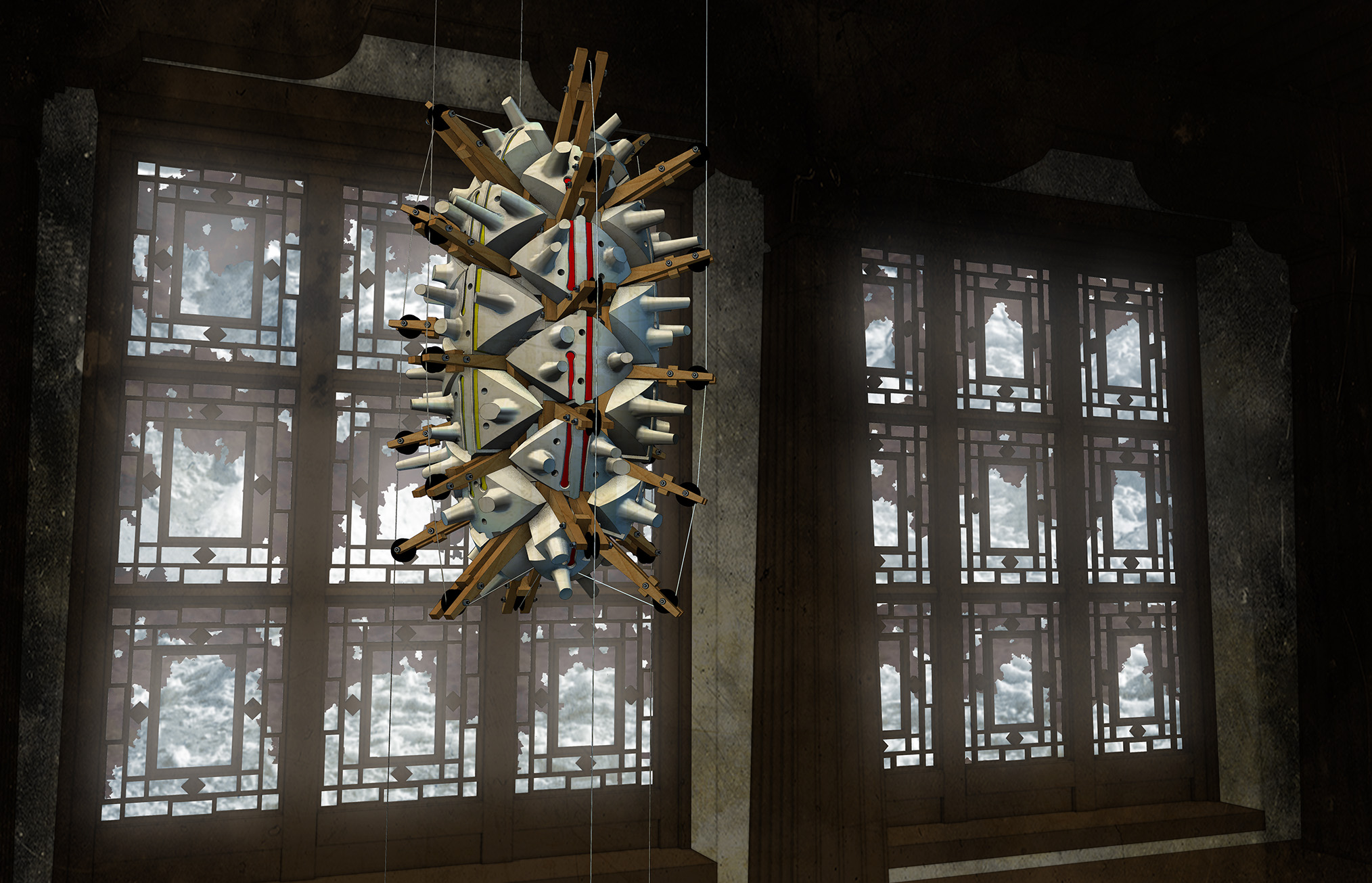
I had decided to do something completely different with my life—shake things up more than a bit—and I ran off to Tibet to join a monastery.
No, wait, I made that up. Just kidding. I did not join a monastery.
Nor did I run off to Tibet.
But I did go to Bhutan, next kingdom over.
Early in 2018, I discovered a wonderful illustrated text, Tibetan Houses: Vernacular Architecture of the Himalayas and Environs by Peter Herrle and Anna Wozniak (Birkhäuser, 2017). And promptly found myself on a year-long quest to learn everything about the Himalayan Cultural Region. Everything. If a class had been locally available, I would have learned to speak Tibetan like Michel Peissel.
Geopolitics prevented me from visiting almost part any of this region with the exception of Bhutan, which permits a limited number of visitors on guided tours.
“Rigsum Gonpo” is a popular concept in Tibetan Vajrayana Buddhism: “Protectors of the Three Realms” (རིགས་གསུམ་མགོན་པོ།) . The Protectors are the three great Mahayana deities Avalokiteshvara, Manjushri and Vajrapani, known in the Himalayan region as Chenrisik, Jamyang, and Chakna-Dorje and understood to represent the body, speech and mind of all buddhas of all times. There is a bewildering overlap in the lineages, roles, and visual attributes of these “fierce and peaceful” defenders. Most interestingly, sometimes they are represented entirely and abstractly by colors. One comes upon three splashes of distinct earth pigments, vividly slung or thickly brushed across an isolated shrine, above the doorway of a family home, or upon the carved, stacked stones of a Mani wall much more often than one finds the sort of multi-limbed, fanged, and three-eyed idol usually associated in the West with Tantric entities.
I’ve taken some liberties with my choice of specific colors representing the Protectors with this piece, but my selections are not entirely without precedent. The proposed sculpture is composed of 3D-printed resin, wood, and machined metal parts, and is designed to be suspended but movable (at least in a vertical direction) between a ceiling mount and a rough concrete base: see the “exploded” diagrams. I also illustrated the piece as it would be installed in a fictional site consisting of a sort of genericized temple, a lhakhang or gompa, composed of the formal architectural commonalities among the various religious institutions and subcultures of the Himalayas. In other words: a dim, skylit, columned room with a raised platform at one end, windows glazed in tattered paper…somewhere high on a cold lonely mountain littered with old prayer flags. I visited a few similar locations in 2018; sometimes, thinking on them, I suddenly smell a trace of sandalwood incense.
The suspended sculpture, which I yet hope to realize one day, incidentally was developed using the same sort of geometric procedure (“Kites & Spikes”, or KSP) for dividing and developing a curved or double-curved surface that I used in the Zahir (2018), Paradis House (2022-2023), and Ouroboros (2024) projects.
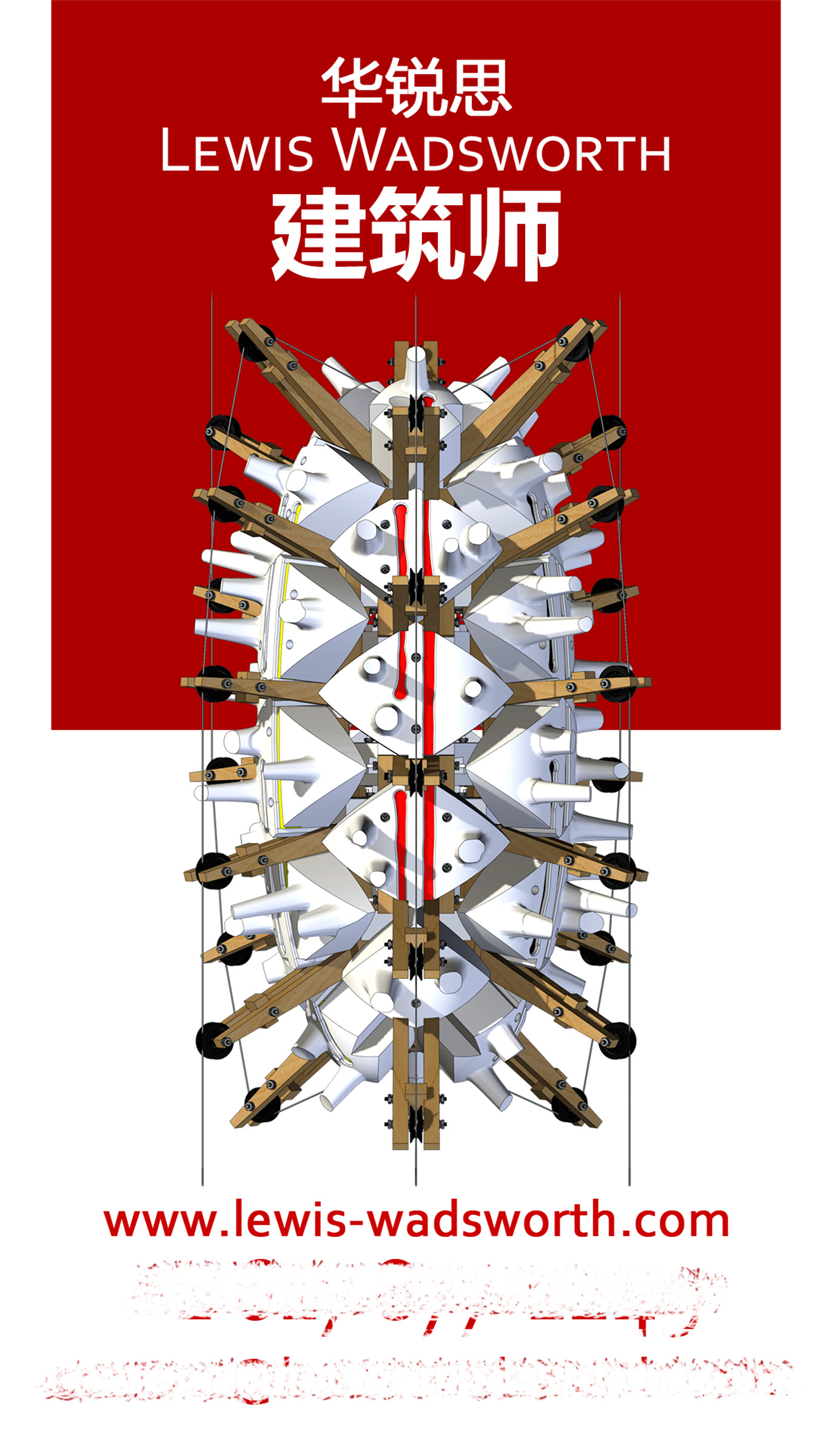
I used an image of the Rigsum Gonpo sculpture on my 2018 Mandarin-language business card, no doubt to the great consternation of its recipients.
Leave a Reply